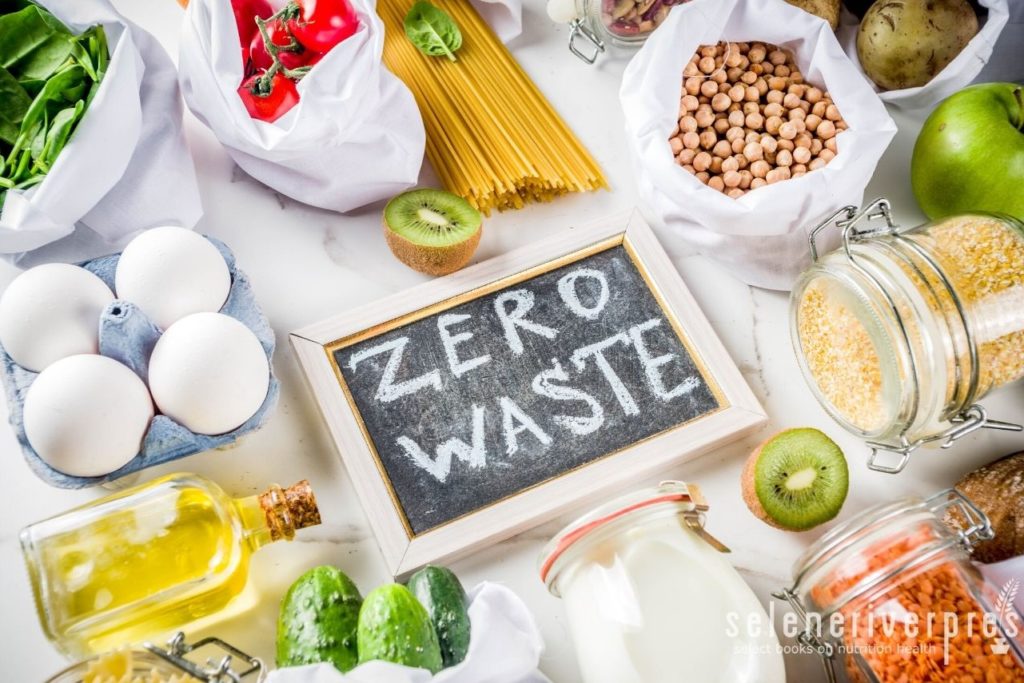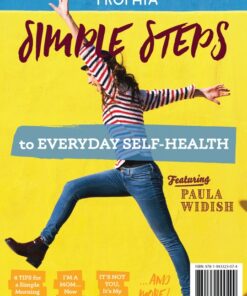Every day, there’s a battle cry heard in most kitchens across the land: “I’m tired of wasting food!” Or it’s what the adults—aka the ones who buy the groceries and pay the bills—are saying anyway. One of the rites of passage into adulthood is when you go from opening the fridge, finding it clearly packed with various containers of leftovers, and loudly proclaiming there’s no food in the house anyway, to opening the fridge and skillfully plotting how many of those containers you can utilize that night.
Even so, us adults could also use a kick in the backside when it comes to food waste. Did you know that the annual estimate for food waste here in the United States is as high 30–40 percent of the food supply? In this country alone? This is a stunning number, especially considering the other side of the coin. In 2017, 40 million people in the U.S. dealt with hunger. Hmmm, perhaps this intriguing dichotomy is rife with solutions?
That’s how a group of students from the University of Maryland, College Park, saw it in 2011. When they realized the amount of food their dining halls were throwing away each day, the students decided to turn that extra food into meals for local nonprofits fighting hunger. Extra food = more meals, not waste? Makes sense, right?
The Food Recovery Network was born with the willingness to look at this issue just a little bit differently. Since 2011, this nonprofit has grown into 230 chapters at various colleges and universities across the country. Their goal is “to change the norm from food waste to food recovery in the United States.” If your interest is piqued, see if there’s a chapter near you.
Starting local is a simple first step you can take on the path to cutting down on food waste—and you can’t get more local than your very own kitchen. Make it your goal to reduce the amount of food you waste on a weekly basis. Here are a few strategies that can help:
Donate. When you stock up on garbanzo beans (or other canned foods) because they’re on special, only to realize you don’t like garbanzos after all, don’t let them gather dust until the expiration date comes and goes. Instead, donate them to your local food bank. 
Make soup or stock. When your crisper drawer ends up with veggies that aren’t very crispy anymore, make a pot of soup or your favorite stock. (Bonus—you can turn around and use that stock in all kinds of other dishes to cut down on waste.)
Plan ahead. When you plan your weekly menu, head straight to your pantry, refrigerator, and freezer. Ask yourself might end up in your garbage can if you don’t use it this week. You’ll have a list of meal ideas before you know it.
You may say I’m a dreamer, but I think a zero waste kitchen is highly attainable. I hope you’ll join me in daring to dream it into reality. The only requirement is some thoughtful planning and a willingness to help others—not at all complicated. Pretty soon you’ll have new battle cry: “If I’m not going to use this, who can?”
Images from iStock/Rimma_Bondarenko (main), monkeybusinessimages (post).



